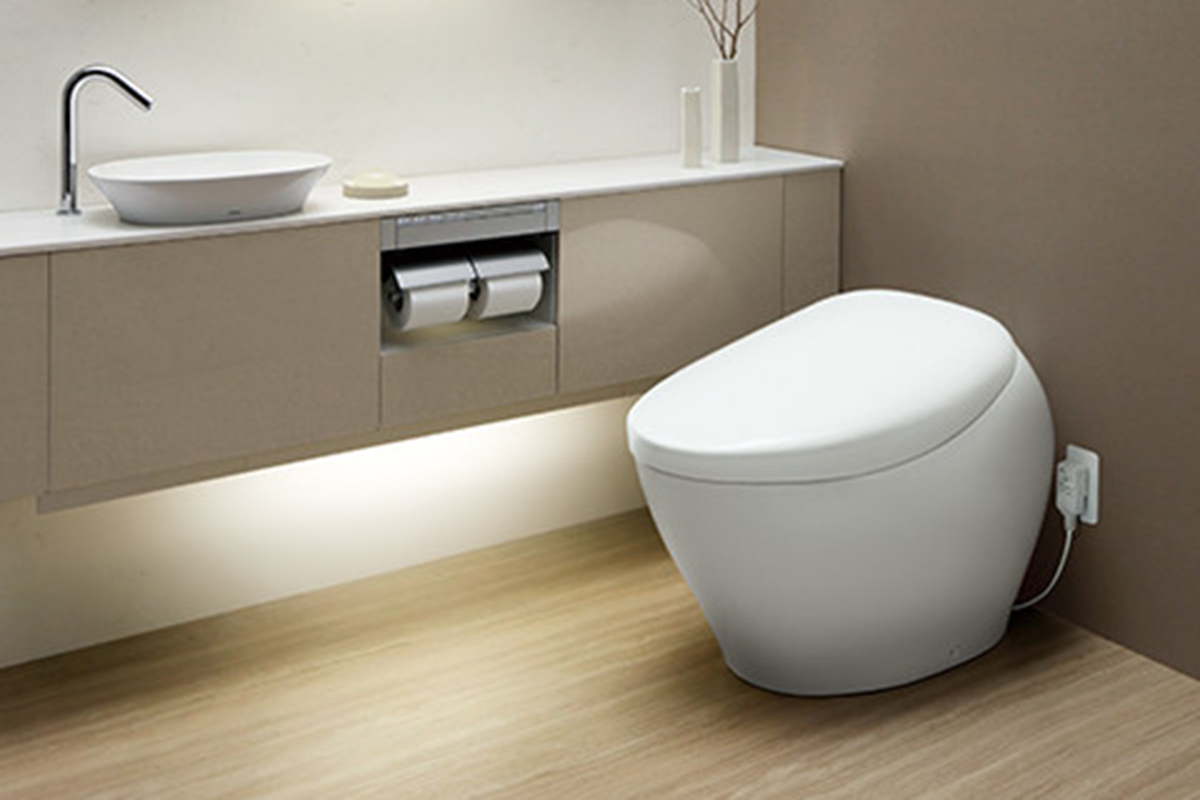In the realm of innovative sanitation solutions, incinerating toilet technology stands out as a remarkable breakthrough. As the world grapples with environmental challenges and the need for sustainable waste management, this technology presents a compelling alternative to traditional methods. In this article, we delve into the intricacies of incinerating toilets, exploring how they work, their benefits, challenges, and potential impact on the future of sanitation.

What is Incinerating Toilet Technology?
Incinerating toilet technology involves a process where human waste is incinerated at high temperatures, reducing it to sterile ash. Unlike conventional toilets that rely on water for flushing, incinerating toilets operate independently of plumbing systems, making them ideal for remote locations, off-grid homes, and areas with limited water resources. The technology is designed to be user-friendly, environmentally conscious, and efficient in reducing waste volume.
How Does an Incinerating Toilet Work?
The operation of an incinerating toilet is relatively straightforward. Upon use, the waste is deposited into a combustion chamber. The user then activates the incineration process, which is powered by electricity or alternative energy sources like solar panels. The waste is subjected to high temperatures, effectively breaking it down into ash. This ash is collected in a tray for easy disposal. Some advanced models incorporate catalytic converters to minimize emissions, ensuring an eco-friendly operation.
Benefits of Incinerating Toilets
One of the primary advantages of incinerating toilet technology is its ability to operate without water. This characteristic makes it a viable option for regions facing water scarcity or where traditional plumbing is impractical. Moreover, the process results in a significant reduction in waste volume, translating to fewer environmental hazards and reduced pressure on landfills.
Additionally, incinerating toilets offer a hygienic solution, eliminating odors and pathogens commonly associated with conventional waste disposal methods. The resulting ash is sterile, making it safe for disposal or even use as a soil amendment. For remote or temporary installations, such as construction sites, the portability and ease of installation of incinerating toilets are invaluable.
Challenges and Considerations
Despite their advantages, incinerating toilet technology is not without challenges. The initial cost of installation and operation can be prohibitive for some users. The reliance on electricity or alternative energy sources means that incinerating toilets may not be suitable for areas with unreliable power supply. Additionally, while emission controls have improved, there are still concerns about the release of pollutants during the incineration process.
Furthermore, public awareness and acceptance of this technology can be a barrier to widespread adoption. Education on the benefits and operation of incinerating toilets is essential to overcoming misconceptions and encouraging their use in suitable settings.
The Environmental Impact
From an environmental perspective, incinerating toilet technology offers a sustainable alternative to traditional waste management systems. By drastically reducing water usage, these toilets contribute to water conservation efforts. The reduction in waste volume and the elimination of harmful pathogens further enhance their environmental benefits. However, the energy consumption associated with the incineration process must be carefully managed to maximize the ecological advantages.
For a deeper dive into innovative sanitation solutions, read more about zero waste toilet technology and its impact on sustainable living.
Future Prospects
As technology advances, the future of incinerating toilet technology looks promising. Innovations in energy efficiency, emission control, and user experience are expected to enhance their viability and appeal. With increasing awareness of environmental issues and the need for sustainable solutions, incinerating toilets are poised to play a significant role in the future of sanitation.
For insights into the latest trends in toilet technology, explore our article on smart toilet innovations.
Conclusion
In conclusion, incinerating toilet technology represents a significant leap forward in the quest for sustainable sanitation solutions. While challenges remain, the benefits of reduced water usage, waste volume, and environmental impact make it a compelling option for diverse applications. As the technology continues to evolve, it holds the potential to revolutionize waste management and contribute to a more sustainable future.
For more on innovative toilet solutions, you might be interested in our article on modular innovative toilets.

FAQ
1. Are incinerating toilets safe to use?
Yes, incinerating toilets are designed with safety features to ensure user safety during operation. Proper installation and maintenance are crucial for optimal performance.
2. How often does the ash tray need to be emptied?
The frequency of emptying the ash tray depends on usage. In general, the tray can hold ash from multiple uses before requiring disposal.
3. Can incinerating toilets be used in urban settings?
While primarily designed for remote and off-grid locations, incinerating toilets can be used in urban settings where water conservation and waste reduction are priorities.
Learn more about innovative toilet ideas for disabled and how they are transforming lives.
This article contains affiliate links. We may earn a commission at no extra cost to you.






